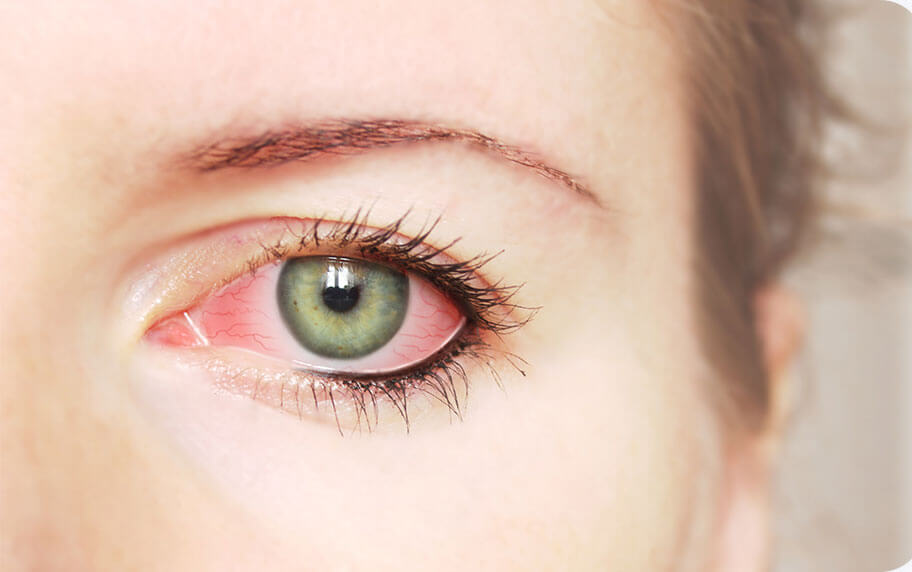Inflammatory Eye Disease (with referral from your ophthalmologist)
Overview
Overview
Uveitis is an uncommon condition characterized by inflammation of the uvea, which is the middle portion of the eye. The anterior (front) portion of the uvea consists of the iris and the ciliary body; inflammation of this area is described as anterior uveitis or iritis (they are synonymous).
If the inflammation extends to the ciliary body, it is then called iridocyclitis. Symptoms may include red eye, eye pain, being very uncomfortable looking at bright lights, a small pupil, or blurred vision.The posterior (back) portion of the uvea includes the choroid; inflammation of this area is called posterior uveitis. Patients may present with blurred vision or floaters (tiny, dark spots that move across one’s line of sight).

Diagnosis

Typical symptoms* include:
*Symptoms can occur suddenly, get worse quickly or develop gradually. They may affect one or both eyes*
-
Eye redness
Eye pain
Light sensitivity
Blurred vision
Dark, floating spots in your field of vision (floaters)
Decreased vision
Treatment
There are treatment options for uveitis. The treatment certainly depends on the type and cause of the uveitis. Majority of the time treatment will include a form of steroid, which will help reduce the inflammation. Uveitis can be associated with a variety of complications so it is imperative that patients understand the importance of closely being monitored. It is important to closely follow up with both your rheumatologist and your ophthalmologist so we can prevent further progression of the disease and prevent occurrence of complications.
Medications We Infuse
-
Remicade
